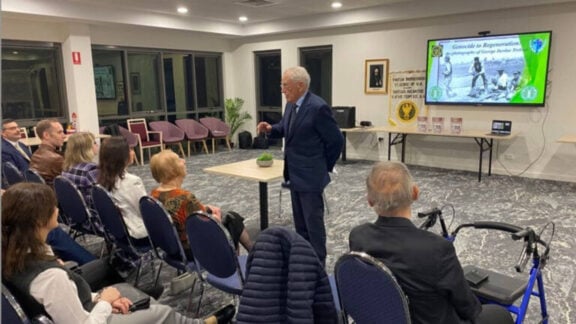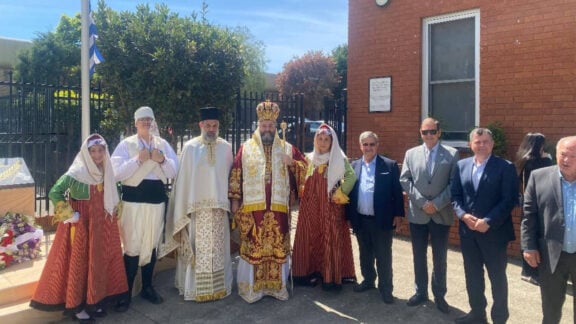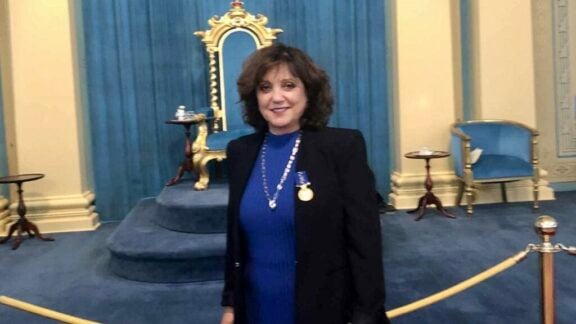Interest rates have been left untouched at 4.1 per cent in September in welcome news for borrowers.
The Reserve Bank of Australia has stayed on the sidelines for the third month in a row, a move expected by most economists at outgoing governor Philip Lowe’s final meeting.
The end of the tightening cycle is approaching but the governor kept the door open to more increases if needed.
“Some further tightening of monetary policy may be required to ensure that inflation returns to target in a reasonable timeframe, but that will continue to depend upon the data and the evolving assessment of risks,” he said in a post-meeting statement.
“In making its decisions, the board will continue to pay close attention to developments in the global economy, trends in household spending and the outlook for inflation and the labour market.”
Dr Lowe said inflation was still too high but the latest data was consistent with its return to the two-to-three per cent target range by late-2025.
This data included monthly inflation numbers, which showed a convincing moderation in consumer prices from 5.4 per cent in June to 4.9 per cent in July.
The board also ingested slightly softer jobs market data and a subdued quarter for wage growth.
But Dr Lowe singled out “significant uncertainties” that threatened to throw the central bank off course, including the risk of persistent service inflation, a hard-to-read consumer sector and a rocky Chinese economy.
“There are also uncertainties regarding the lags in the effect of monetary policy and how firms’ pricing decisions and wages respond to the slower growth in the economy at a time when the labour market remains tight,” he said.
The back-to-back months on hold follow four percentage points of increases since May last year that have been piling pressure on borrowers.
Monthly repayments have gone up by $1217 on a $500,000 home loan during the RBA’s latest tightening cycle, according to numbers crunched by comparison site Canstar.
Treasurer Jim Chalmers said Australian households and businesses would welcome another month of reprieve but were still clearly under pressure.
The treasurer said China’s economy was slowing and Australia was not immune to the uncertainty that would bring.
“We know that there are challenges ahead, but we are well placed to deal with them,” Dr Chalmers told parliament.
Deloitte Access Economics partner Stephen Smith said the RBA’s September decision suggested the bank was coming to terms with its “precarious position” in the wake of an aggressive round of interest rate hikes.
“This is borne out by the facts,” he said.
“Monthly inflation indicator data released last week shows inflation continues to cool as supply-side factors abate, while the cumulative impact of 12 earlier rate hikes forces Australians to tighten their purse strings.”
The economist also said wage growth was modest and home building – one of the most interest rate sensitive components of the economy – was going backwards.
Mr Smith expects to see Australia’s economy cooling further in the June quarter when national accounts data is released on Wednesday and likely going backwards on a per person basis.
Source: AAP









